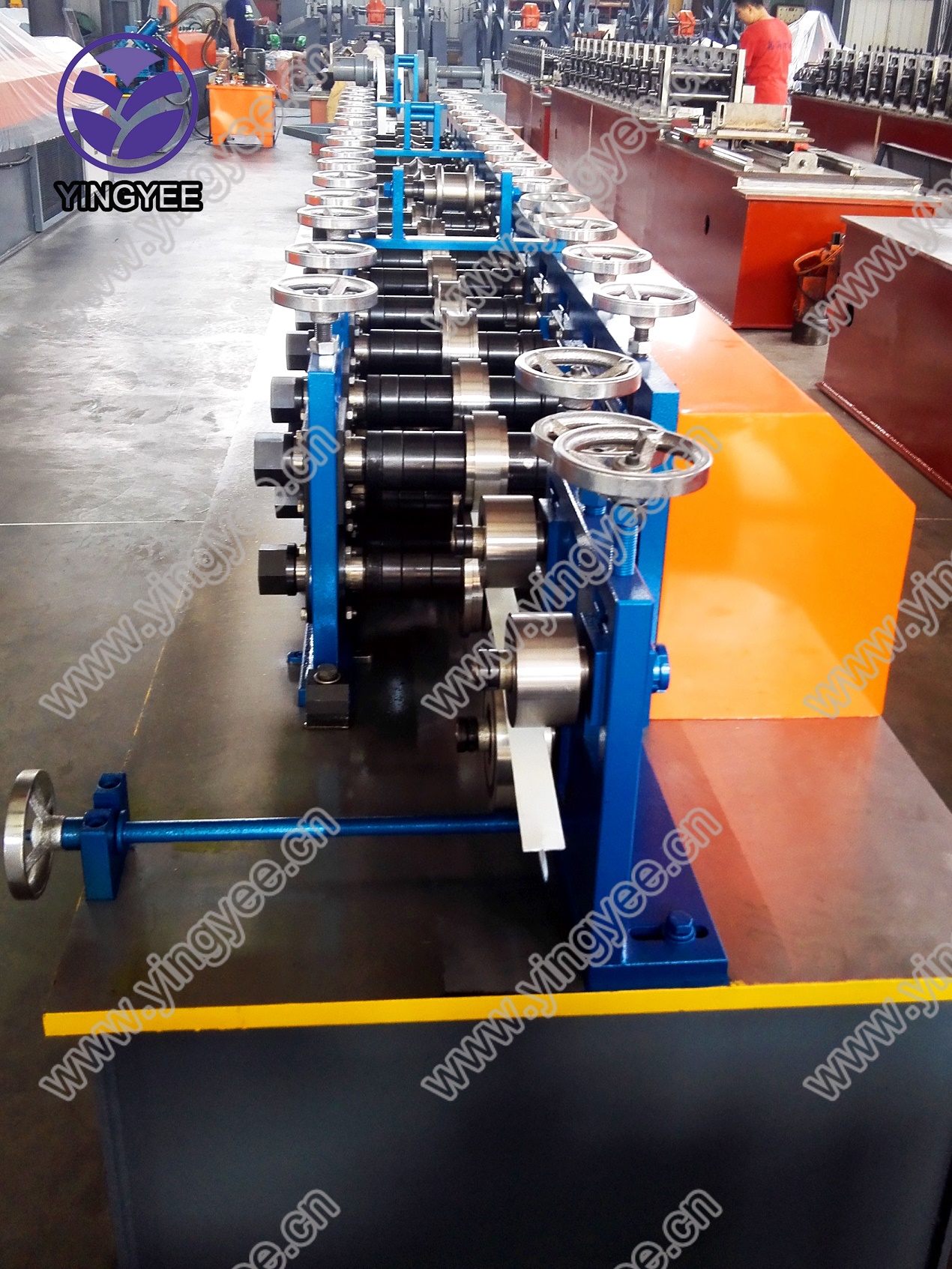
The Ceiling T Grid Roll Forming Machine Revolutionizing Ceiling Installation
Ceiling systems play a vital role in modern architecture, aiding in sound insulation, energy efficiency, and aesthetic appeal. Among the various components that contribute to these systems, the T grid is one of the most essential elements for suspending ceilings. The Ceiling T Grid Roll Forming Machine is a pivotal technology that has transformed the way these grids are produced, enhancing both efficiency and quality in the manufacturing process.
Introduction to T Grids
T grids, or T bars, are used in suspended ceiling systems to support ceiling tiles. These grids are typically made from metal and are designed in a T-shape, allowing ceiling tiles to be laid into them. The effectiveness of a T grid system lies in its ability to provide structural support while enabling easy access to utilities concealed above the ceiling.
The Need for Roll Forming Machines
Traditionally, the production of T grids involved various manual processes that were both time-consuming and labor-intensive. This approach led to inconsistencies in product quality and made it challenging to meet the increasing demand for ceiling systems in construction projects. The introduction of roll forming machines has streamlined the manufacturing process, allowing for higher output and more precise specifications.
How the Ceiling T Grid Roll Forming Machine Works
The Ceiling T Grid Roll Forming Machine operates on the principle of continuously shaping metal coils into desired configurations. Initially, metal sheets are fed into the machine, where they undergo a series of rollers that gradually bend and form them into the T shape required for the grid. The machinery is equipped with advanced technology to ensure that each piece maintains uniformity in size and shape.
Moreover, the roll forming process allows for the integration of additional features, such as perforations and embossing, which can enhance the aesthetic and functional qualities of the T grids. The entire operation is automated, significantly reducing labor costs and production time while minimizing the risk of human error.

Benefits of Using a Roll Forming Machine
The Ceiling T Grid Roll Forming Machine offers several advantages over traditional manufacturing methods
1. Efficiency The automation of the roll forming process enables high-speed production, which can meet the demands of large-scale construction projects without delays.
2. Cost-Effectiveness By reducing labor costs and material waste, manufacturers can achieve higher profit margins, making it an attractive option for businesses in the ceiling systems market.
3. Quality Control These machines are designed to produce consistent and accurate products. This uniformity is crucial for assembly and ensures that the grids fit seamlessly into installed ceilings.
4. Flexibility The machines can be easily adjusted to accommodate various designs and specifications, allowing manufacturers to cater to diverse customer needs.
5. Durability The final products produced by roll forming machines exhibit exceptional strength and durability, which is essential for ensuring the longevity of ceiling installations.
Conclusion
As the demand for sophisticated ceiling systems continues to rise, the Ceiling T Grid Roll Forming Machine has emerged as an invaluable tool in the construction industry. It represents not just a technological advancement, but a significant leap towards optimizing production processes, reducing costs, and enhancing product quality. With the integration of this machine, manufacturers can more effectively meet the challenges of the modern architectural landscape, paving the way for innovative ceiling solutions in the years to come.